assar
Where diversity and inclusiveness are keys to co-creation
Assar architects is a unique player in the Belgian market. Founded in 1985, assar is an abbreviation of ASSociation of ARchitects and, following a series of mergers during the current millennium, today the company comprises 158 colleagues, with offices in Belgium (Antwerp, Brussels and Liège), Luxembourg and, since 2020, in Paris. In 2020, following a group restructuring into a holding company with five operational subsidiaries and 27 active partners, the group now functions around four business lines: corporate, institutional, healthcare and urban development. Geert Bekaert and Thomas Goossens explain what makes this SME tick.
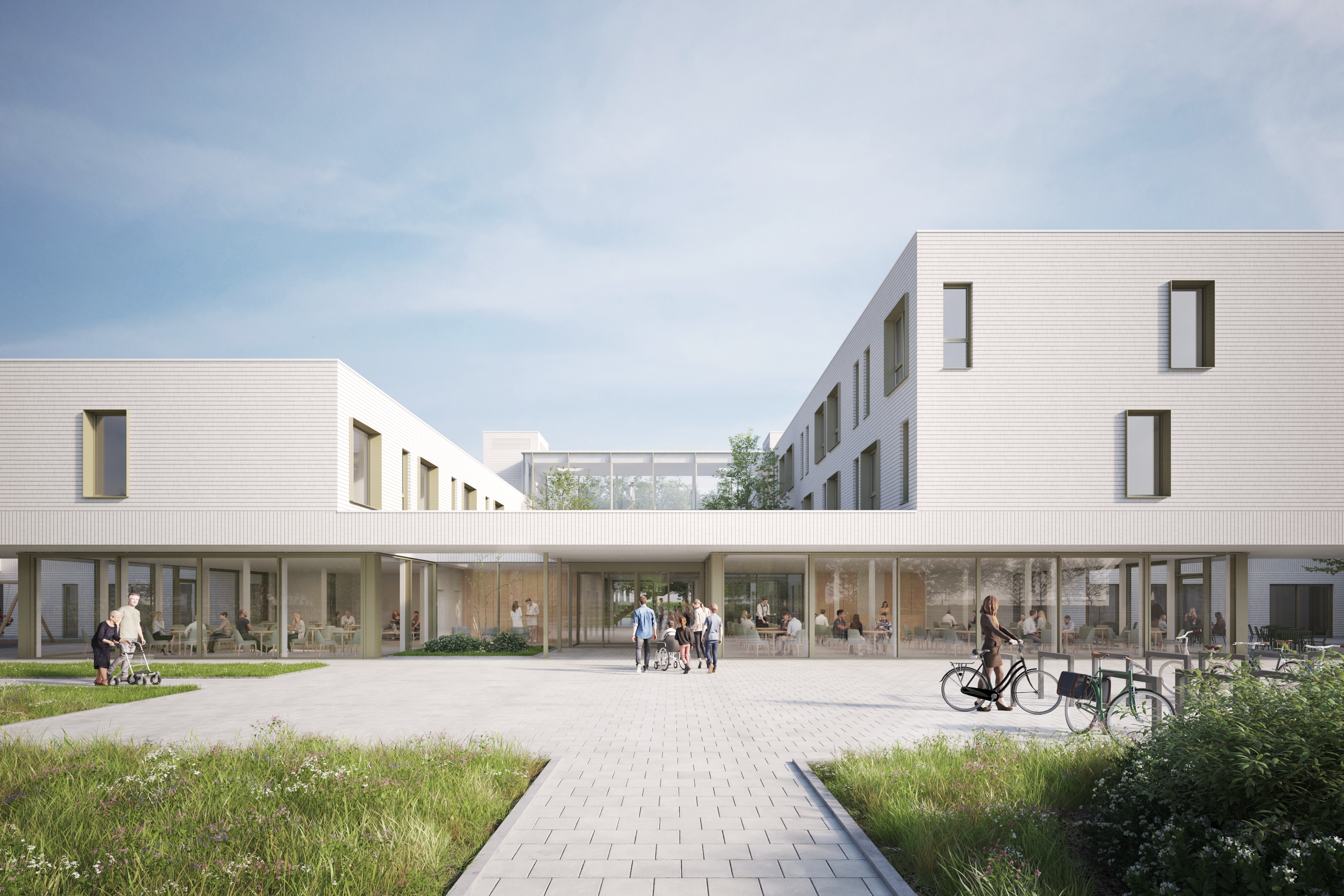
Shared vision
“Collaboration and teamwork – these are the keys to enabling us to create an architecture that can evolve over time,” Geert begins. “We organise each project around specialised and complementary teams of architects, interior architects, urban planners and technicians who can share their expertise and knowledge of specific local customs, mindsets and practices to respond to the challenges of building a sustainable world.” The assar credo is that to achieve high-quality designs, rationality must go hand in hand with creativity. By combining professional expertise as architects and urban planners with the insights and desires of users, neighbourhood residents and institutions, a shared vision is co-created: architecture for everyone that is deeply rooted in the present while looking to the future. “As architects,” Geert says, “we consider the needs of people at every stage of their life, and by putting people at the heart of each project, the essence of inclusive architecture manifests itself naturally.”
Diversity and scale
Designing places and spaces for each individual’s activities, meeting their aspirations, while respecting the environment and integrating technologies and safety standards are only possible through co-creation. This spirit is at the heart of the success of the assar approach. “Having offices in the three Belgian regions, where the language, culture and traditions differ gives us a significant pool of experience, information and resources on which we can draw,” Geert explains. “Another important benefit in having this scale is that we can learn a lot from the different situations. It enriches us as architects and opens up a whole range of perspectives.“You see how everyone has a particular way of doing things,” Thomas adds, “and as architects it is essential to be aware of this in designing buildings that have to be constructed by contractors that operate according to specific traditions and use specific materials. So your design is dependent to a large extent on where you are, the purpose for which you design and the people you design for. So while we have scale and diversity as a company, the local situation actually determines how and what we design.”
The fact that we have been involved in a successful ITEA project has an impact. It gives us more credibility. We can actually demonstrate innovative success on a European level
Need for standardisation
With that diversity and scale, the role of software is central. One of the main issues in architecture is the problem of standardisation, or rather the lack of it, and it’s a worldwide problem. Whether that is the language of communication, building and safety regulations or choice of materials, the need for standardisation is ever-present. By using the same software, assar is able to gain a kind of standardisation for sharing and exchanging data and information, and software developments and innovations, from early CAD (computer-aided design) to state-of-the-art BIM (building information modelling). This enables assar to compensate, as it were, for certain differences. Thomas explains: “In a building a particular element may be called this or that, depending on the language, the tradition or regional variation. But if that particular element is assigned a number, let’s say 22, everyone, from supplier to contractor and client, is able to recognise it as the same element. That’s essentially the purpose of standardisation. The software helps us do this. Of course, this is a simple example but that’s what standardisation is all about, enabling the process to be clear and simple – no room for errors and misinterpretation.”
Co-creation
Software doesn’t stand still. Innovation is a constant and this generally comes through collaboration in (publicly funded) projects, as in the ITEA project BIMy, recipient of the ITEA Award of Excellence for Innovation in 2021. The co-creation afforded by such projects parallels the assar philosophy and, as Geert notes, “BIMy has opened the door for integrating BIM models in e-tendering for construction projects. It reduces information barriers and allows for better collaboration between architects, engineers, contractors and clients.” Since smart city planning involves multiple players and encompasses diverse domains, as a generic, open intermediary, BIMy enables collaboration between existing BIM platforms and provides a secure working environment and digital marketplace for storing and sharing BIM models and model data. Ultimately, BIMy’s cloud-based solution lowers entry barriers for new tech adopters and enables companies to set up new business cases in the European BIM and GIS markets.
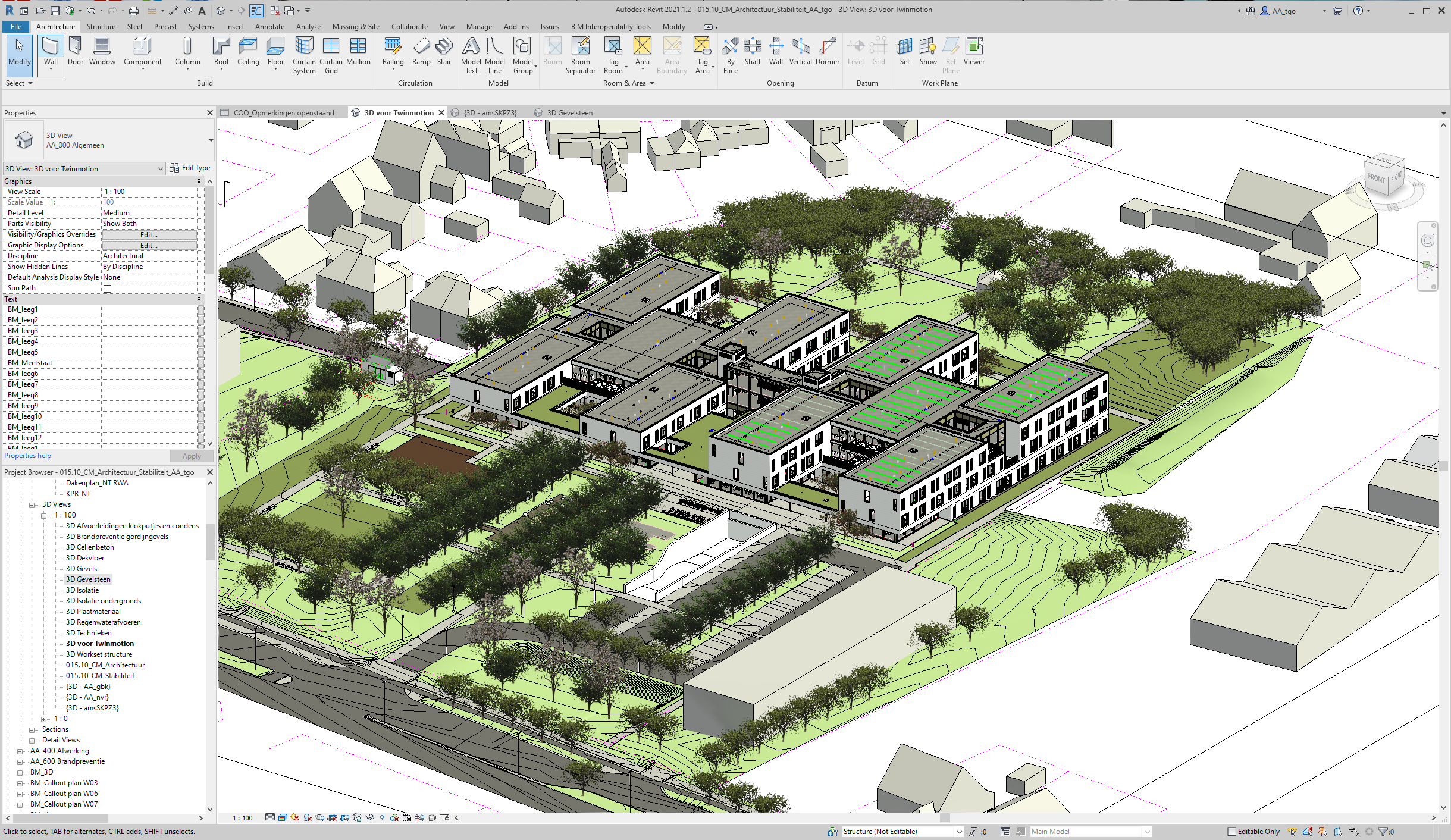
Credibility
The benefits of working in this Europe-wide ITEA project as well as in national research projects in Belgium are manifold. Thomas stresses the role of publicly funded research projects on the capability of assar to develop innovations in the long term. “They help us make the innovation leaps we need to achieve. Without them we would not have either the time or money to do this. What we learn and gain from such collaboration we can put into our projects, for example, for healthcare assets like a community centre in which there are so many different functions and aspects. We can use what we have learned.” But it is not only the knowledge on the technology front but also the contacts that both inspire and enrich assar. In terms of business opportunities, Geert stresses how influential it can be to go in with the ITEA ‘label’ when making a business proposition. “The fact that we have been involved in a successful ITEA project has an impact. It gives us more credibility. We can actually demonstrate innovative success on a European level.”
More information:
http://www.assar.com
Other chapters
Use the arrows to view more chapters
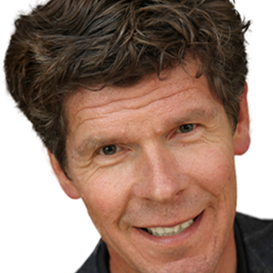
Editorial
By Jan Jonker
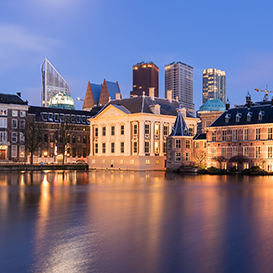
Country Focus: The Netherlands
with ambitious mission-oriented strategic frameworks
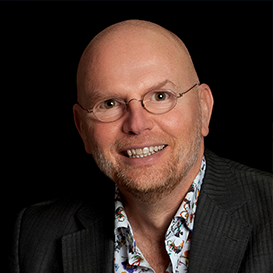
MEDrecord
focus on patient-centric care

ITEA Success story: APPSTACLE
Vehicle connectivity for novel applications
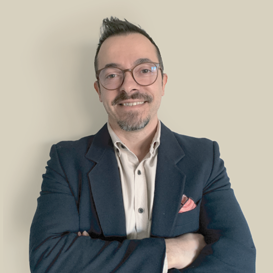
Community talk with Arda Güreller
A real (ITEA) family man at heart

ITEA Success story: PS-CRIMSON
A one-look overview of the city in 5 seconds

SME in the spotlight: assar
Where diversity and inclusiveness are keys to co-creation
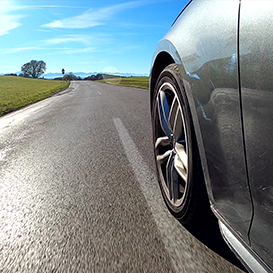
By and for end-users
EMPHYSIS eFMI: get on board or risk missing out

Global Innovation Summit 2022
Creating a sustainable Atlantic

Smart city challenges
Moving to a data driven Tampere for citizens
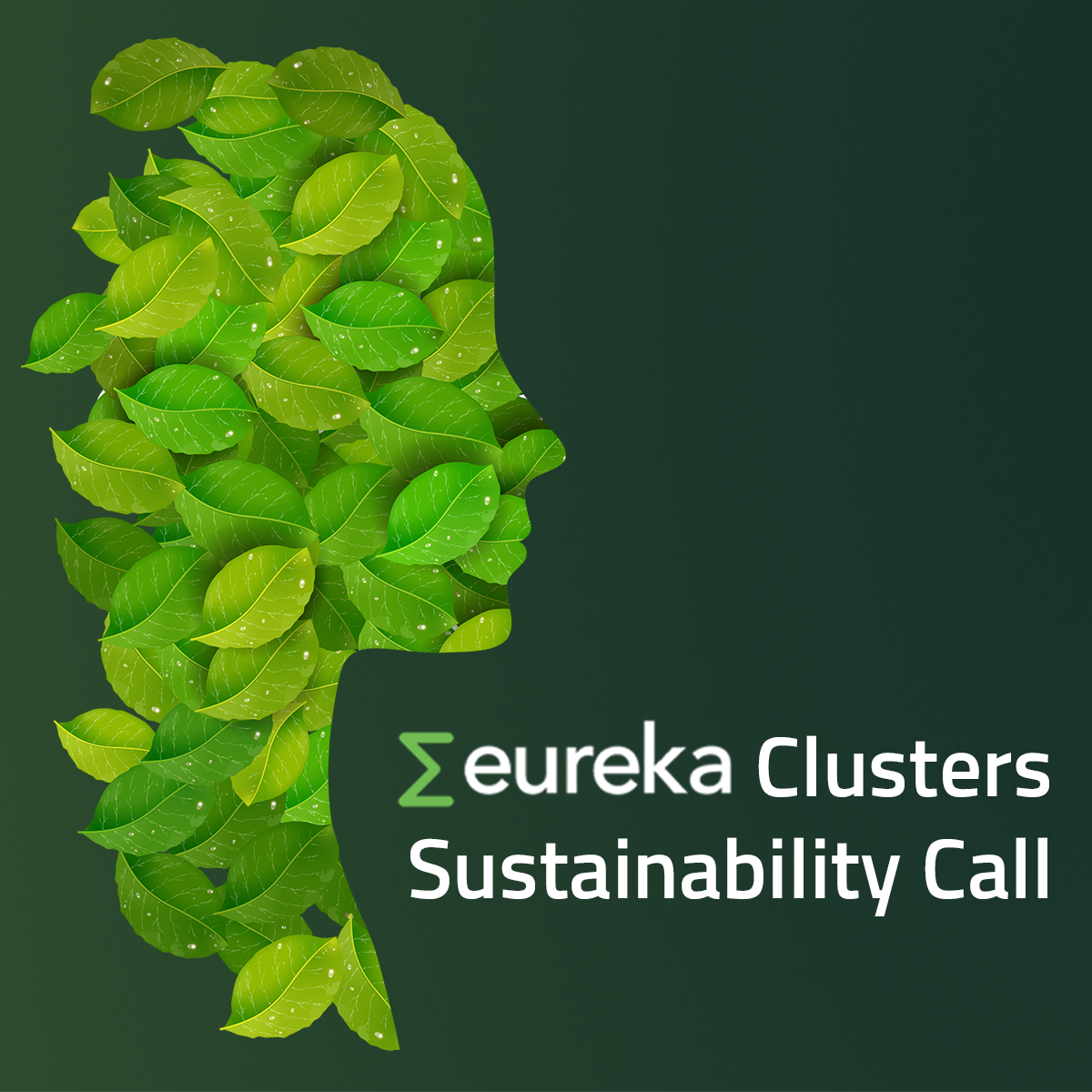
Ready to make industry more sustainable and greener?
Participate in our Eureka Clusters Sustainability Call 2022!

